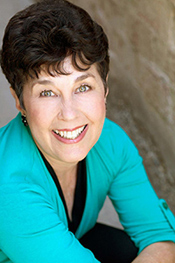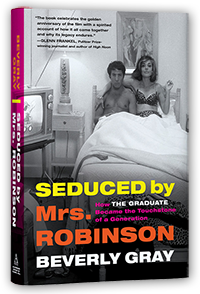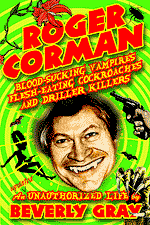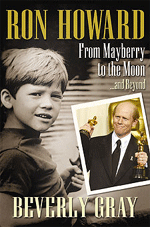In the film version of Elmore Leonard’s Get Shorty, schlockmeister Harry Zimm (known for his direction of
the Slime trilogy) has a second-floor
office on the Sunset Strip. Just overhead looms an enormous billboard featuring
Angelyne, the buxom, bubble-headed blonde who for years epitomized somebody’s
idea of Hollywood glamour.
Angelyne and the Sunset Strip just seem to go together. The
perennial starlet and the winding thoroughfare that abuts the Hollywood Hills:
both represent the triumph of style over substance. Billy Wilder’s Sunset Boulevard is set west of the
Strip, in that tony stretch of Beverly Hills where stars (and oil sheiks) have
built opulent mansions. But as you drive east across the Beverly Hills border
into West Hollywood, Sunset becomes a place of entertainment and commerce. Sidewalk
cafés. Boutiques. Liquor stores. The Whisky a Go Go, where the Doors used to be
the house band. The Roxy, where I saw Tim Curry in the U.S. debut of a stage
musical called The Rocky Horror Show. The
Viper Room, where River Phoenix died.
Some associate the Sunset Strip with a hit TV show about
private eyes. But for me the Strip has always meant Roger Corman. In the course
of his long career, Roger was several times headquartered on Sunset, and he
often told me how much he enjoyed that locale. His very first office was over a
quasi-British pub called The Cock ‘n’ Bull. In the Sixties, while shooting The Trip, he captured the swirl of
night-time activity without permits, by seating his cameraman in a wheelchair
and having him pushed through the throngs of young hippies who then crowded the
Strip’s narrow sidewalks
When
I first came to work for Roger at New World Pictures, we were housed in a
shabby penthouse suite at 8831 Sunset, reached by a rather sexy glass elevator.
Tawdry movie posters hung everywhere (“It’s Always Harder at Night . . . for
the Night Call Nurses”), except in
Roger’s own office. On his walls, he favored large placards that had been given
to him by a French producer after the 1968 student revolts in Paris. They were
emblazoned with revolutionary slogans like «Salaires Légères, Chars Lourds»
(“Light Salaries, Heavy Tanks”) and «Le
Patron a Besoin de Toi, Tu n’as pas Besoin de Lui» (“The Boss Needs You,
You Don’t Need the Boss”). These sentiments may have been fitting when Roger
took on the Establishment with The Wild
Angels, but they seemed curiously out of place as décor for a rising film
producer known for his skinflint ways.
If we New World folk
ventured out at lunchtime, we could cruise the aisles of the wonderful Tower
Records, or eat sandwiches in a dim booth at the Ramada Inn coffee shop next
door. I often brought a bag lunch, but there was no good place to eat it. So
I’d wander the Strip, sometimes venturing into one of the posh residential enclaves
just to the north. That’s where a man in a long white Bentley tried to pick me
up, claiming there was a party at Robert Wagner’s place. No telling what might
have happened if I’d gone along for the ride.
One thing that
didn’t exist on the Strip in the early 1970s was a good place to buy books.
Now, happily, there’s Book Soup, one of those classic independent bookstores
that stoke the literary imaginations of serious readers. Right now, copies of
my insider biography, Roger Corman:
Blood-Sucking Vampires, Flesh-Eating Cockroaches, and Driller
Killers, are sitting on a Book Soup shelf, waiting for customers to give them a
good home. Enough said.








I've always thought that if I had a book in print sitting on the shelves of an actual bookstore - I'd sneak in an autograph a copy deep down. Have you ever had that thought - or actually done it?
ReplyDeleteLove the Corman office history - that's something you only hear a little about in the various source sites. As that area is legendarily rife with celebrity sightings - who were the most likely famous types you might run into in the neighboring businesses and such (I know who you might bump into at the office, for the most part...lol)?
To be honest, I can't recall any star sightings that weren't directly connected with the Corman offices. But regarding autographing your books when they're on the shelves in a local store -- you don't have to be so sneaky. Most booksellers like offering books that are signed by author, so they're glad to have you put your John Hancock on their stock. Especially true when I include my world-famous (ahem) Little Shop of Horrors cartoon.
ReplyDelete